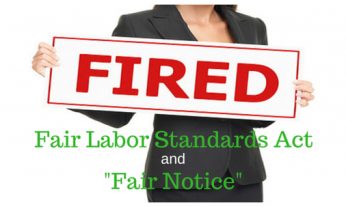 California minimum wage changes. By the year 2022, some California employers will be required to pay their workers a minimum wage of $15 per hour. Governor Jerry Brown announced on March 28, 2016 that he had reached a deal with the state legislature that will gradually increase the state’s minimum wage.
California minimum wage changes. By the year 2022, some California employers will be required to pay their workers a minimum wage of $15 per hour. Governor Jerry Brown announced on March 28, 2016 that he had reached a deal with the state legislature that will gradually increase the state’s minimum wage.
California Minimum Wage – The Specifics
Pursuant to the deal, California’s minimum wage will rise from its current rate of $10 per hour to $10.50 per hour on January 1, 2017, but only for companies with 26 or more employees. It will then climb to $11 per hour for the year of 2018, then to $12 per hour for 2019, then to $13 per hour for 2020, $14 per hour for 2021, and $15 per hour for 2022.
The minimum wage will remain at $10 per hour for companies with 25 or fewer employees until January 1, 2018. The minimum wage for those companies will climb to $11 per hour for the year of 2019, then to $12 per hour for 2020, $13 per hour for 2021, $14 per hour for 2022, and $15 per hour for 2023.
Is This California Minimum Wage Schedule Certain?
The increases are not guaranteed to take place at these times. As part of the deal, there will be two ways that the increases can be delayed.
The first way is related to the economy. At any point, the governor can “pause” an increase if the state’s economy is bad enough. This can occur if seasonally adjusted statewide job growth has been negative over the past three months, or over the past six months – and if retail sales receipts for the prior 12 months have been negative.
The second way is related to the state’s budget. The governor will be able to pause the increase if at any point in time, the current budget year, or the year after that, or the year after that, is forecasted to be in deficit when the next scheduled increase is taken into account. This is referred to as a “budget off-ramp,” and there is a specification that it may only be used twice.
The deal will also introduce sick leave for in-home supportive services workers. In July 2018, in-home supportive services workers will be guaranteed one sick day. A second sick day will be added in the first July following the implementation of a $13 per hour minimum wage for businesses with 26 or more employees. A third sick day will be added after the minimum wage rises to $15 per hour. [Read more…]









